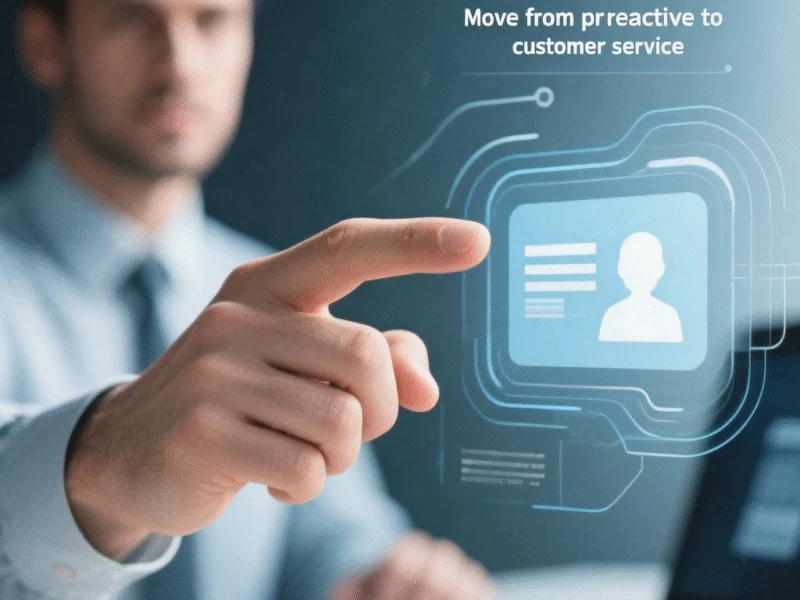The Shift from Reactive to Proactive Customer Service
Customer experience is rapidly evolving into what feels like science fiction, where businesses can understand and serve customers on an individual level with personalized interactions and dedicated moments. This transformation is largely driven by technological innovation, moving us beyond the era of reactive service that relied on outdated, bi-annual surveys for measuring satisfaction. Research shows that proactive approaches are becoming essential for staying competitive in today’s market.
Technological Innovations Driving Change
With advancements in artificial intelligence and data analytics, companies can now anticipate customer needs before they even arise. Industry reports suggest that predictive analytics and machine learning enable businesses to identify patterns and address potential issues preemptively. This shift not only enhances customer loyalty but also reduces the volume of support requests, making operations more efficient.
For instance, data reveals that AI-powered tools can analyze customer behavior in real-time, allowing for timely interventions. Similarly, experts say that integrating IoT devices and smart systems helps in monitoring product performance and alerting users to maintenance needs, further solidifying the move towards proactive service models.
Benefits of a Proactive Approach
Adopting proactive customer service offers numerous advantages, including increased customer satisfaction and retention. Sources confirm that businesses implementing these strategies see a significant reduction in churn rates and higher lifetime value from their client base. Key benefits include:
- Enhanced Personalization: Tailoring interactions based on individual customer histories and preferences.
- Improved Efficiency: Automating routine tasks and focusing human efforts on complex issues.
- Stronger Relationships: Building trust through anticipatory support and consistent engagement.
Moreover, reports indicate that companies leading in customer experience often outperform their peers in financial metrics, highlighting the strategic importance of this shift.
Implementing Proactive Strategies
To successfully transition from reactive to proactive service, organizations should focus on data integration, employee training, and continuous feedback loops. Industry insights emphasize the need for cross-departmental collaboration to ensure a seamless customer journey. Additionally, leveraging tools like CRM systems and AI chatbots can facilitate real-time responses and personalized recommendations.
Data shows that companies investing in these technologies not only improve customer satisfaction but also drive innovation within their industries. By staying ahead of trends and adopting best practices, businesses can create a sustainable competitive edge.



